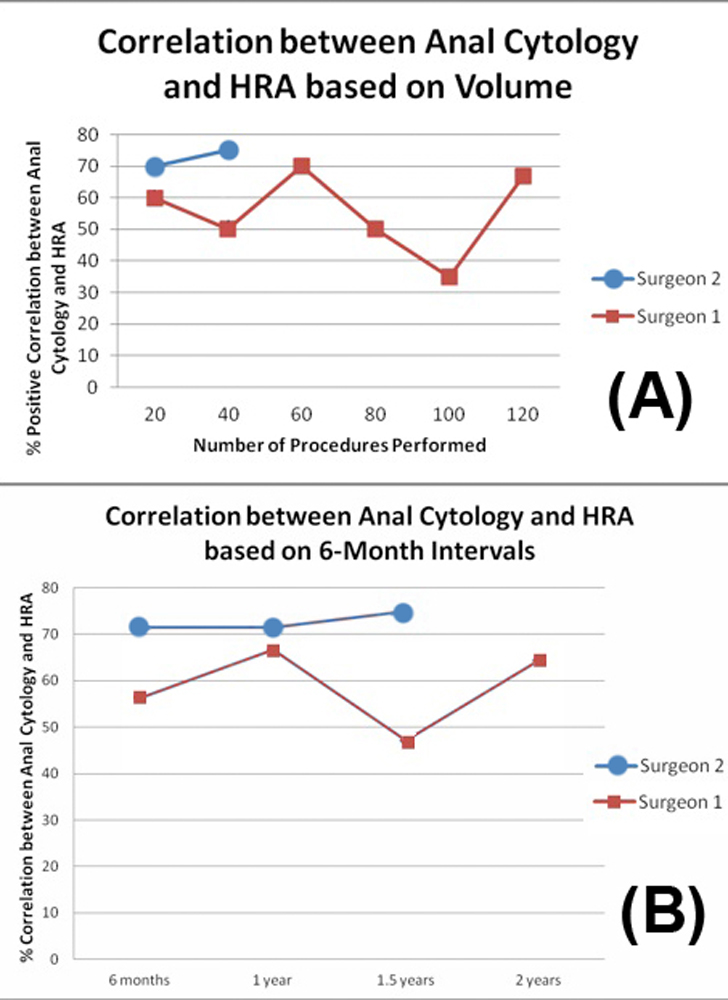B. G. Dalton1, K. W. Gonzalez1, M. C. Keirsey1, D. C. Rivard1, S. D. St. Peter1 1Children’s Mercy Hospital- University Of Missouri Kansas City,Kansas City, MO, USA
Introduction: Obtaining a chest radiograph after central line placement in the operating room is a historical standard. Retrospective studies at our institution and others have found these to be low yield. After our retrospective investigation, we changed our practice to avoid obtaining a routine post-operative film. In this study, we examine the impact of our clinical change on chest radiograph utilization, adverse events, and cost benefit.
Methods: After obtaining institutional review board approval, we reviewed the charts of patients undergoing central venous catheter placement by the pediatric surgery or interventional radiology service between January 2010 and July 2014 was performed. Outcome measures included CXR within 24 hours of catheter placement, reason for chest radiograph, complication, and complication requiring intervention.
Results: In the study population 622 catheters were placed under fluoroscopy. A chest radiograph was performed in 118 (19%) patients within 24 hours of the line placement with 25 (4%) of these patients being symptomatic in the recovery room. One patient required a chest tube for shortness of breath and pleural effusion. Four symptomatic patients (0.6%) were found to have a pneumothorax, none of which required intervention. There were no re-operations due mal-position of the catheter. In the 504 patients with no postoperative chest x-ray, there were no adverse outcomes. At our institution, the current average charge of a chest radiograph is $283, thus we produced savings of $142,632 over the study period without adverse events.
Conclusion: After placement of central venous catheter under fluoroscopic guidance, a chest radiograph is unlikely to be helpful in an asymptomatic patient.



